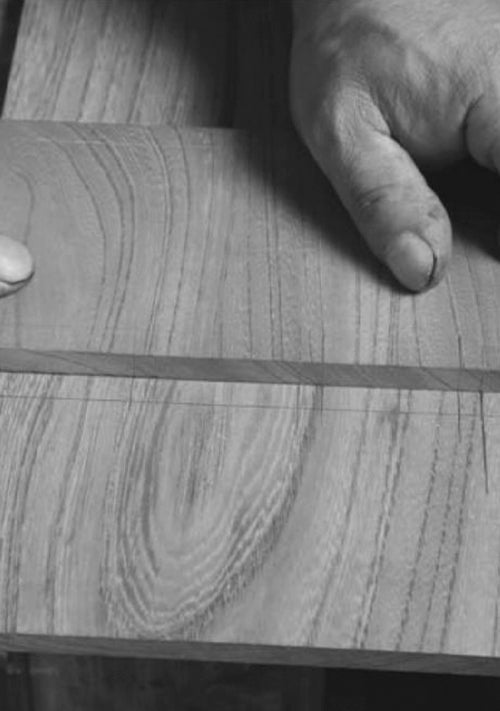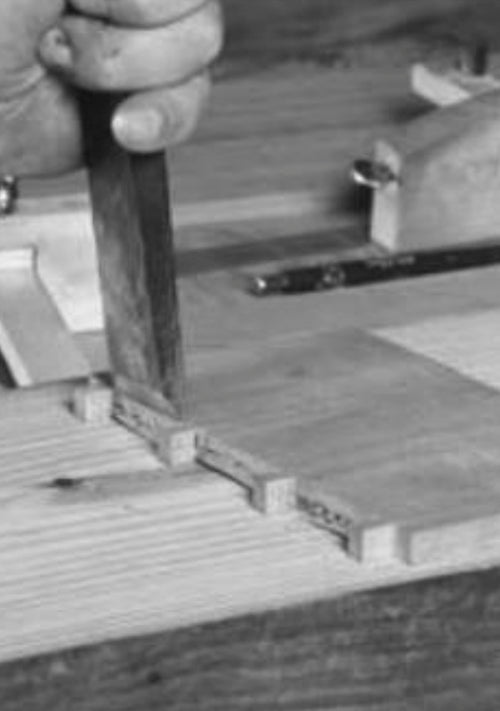JOINERY
'소목'(Somok)
Korean traditional joinery (somok) refers to
making wooden furniture - such as wardrobes, drawers, desks and household items. Traditional Korean wood-working
focuses on highlighting the natural beauty of the timber such as its pattern and forms. It does not use metal
nails or glue, so the precision of the carpenter is the key skill to make furniture perfectly. Still, Korean
timber furniture’s structure itself is very free. The natural wood is used without not too many alterations, so
the joinery technique is based on the nature of timber’s characteristics.
1. Measure and draw out the joints which need to be sewed off.
2. Sew off the unnecessary areas into different sections.
3. Carefully sew off piece by piece.
4. Leaving the joints on their own before the unnecessary parts are sewed off again.
1. Measure and draw out the joints which need to be sewed off.
2. Sew off the unnecessary areas into different sections.
3. Carefully sew off piece by piece.
4. Leaving the joints on their own before the unnecessary parts are sewed off again.
5. With a chisel, cut off the unnecessary parts.
6. Align the joints and sand down any unnecessary parts.
7. Carefully press the two panels together.
8. Finish product –
Nabi-jang, (butterfly wardrobe).
5. With a chisel, cut off the unnecessary parts.
6. Align the joints and sand down any unnecessary parts.
7. Carefully press the two panels together.
8. Finish product –
Nabi-jang, (butterfly wardrobe).
© Images provided by
– Korea Cultural Heritage Foundation
– Cultural Heritage Administration















